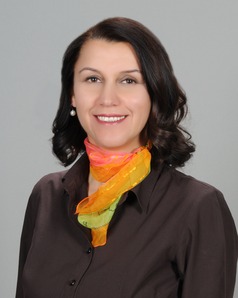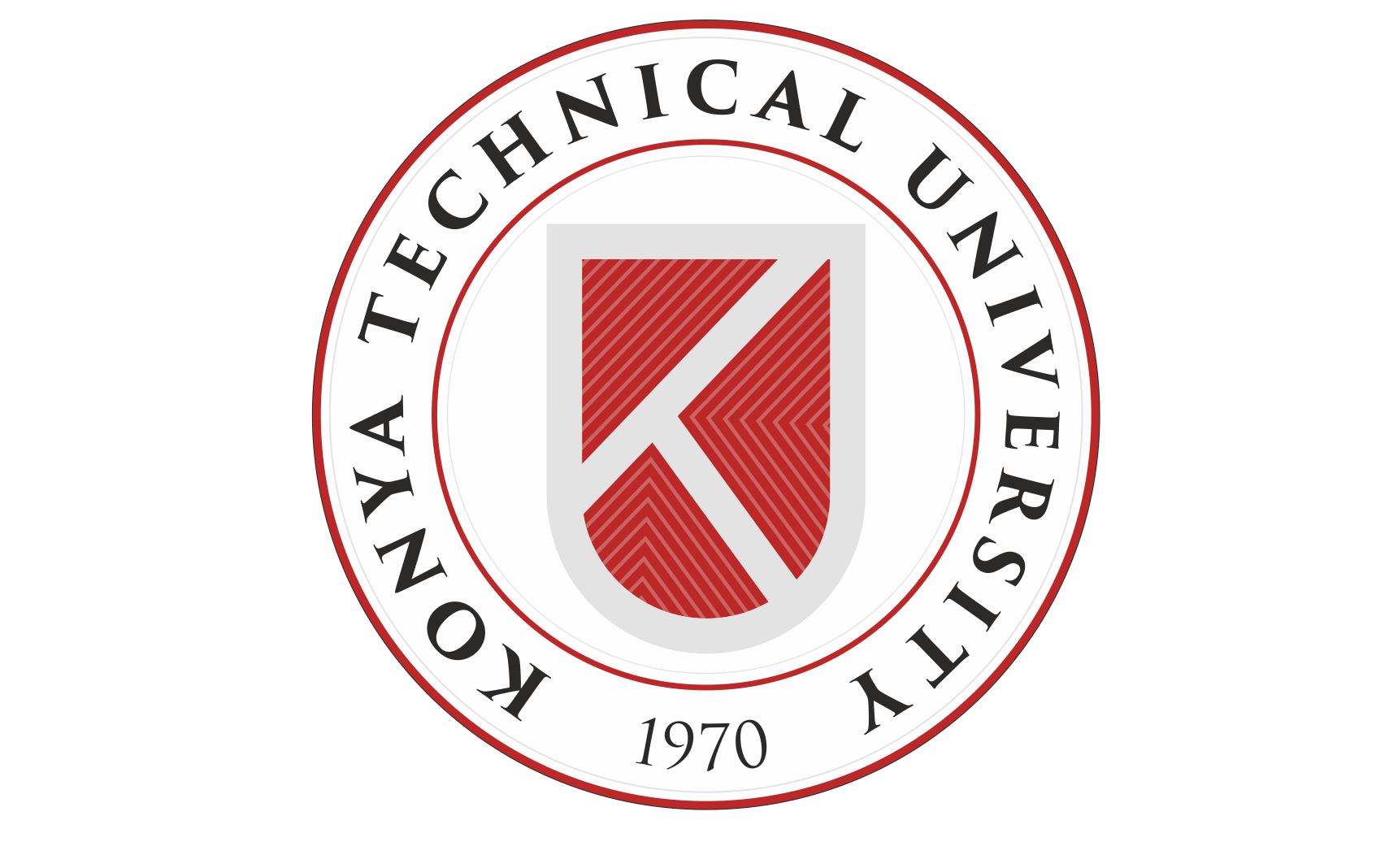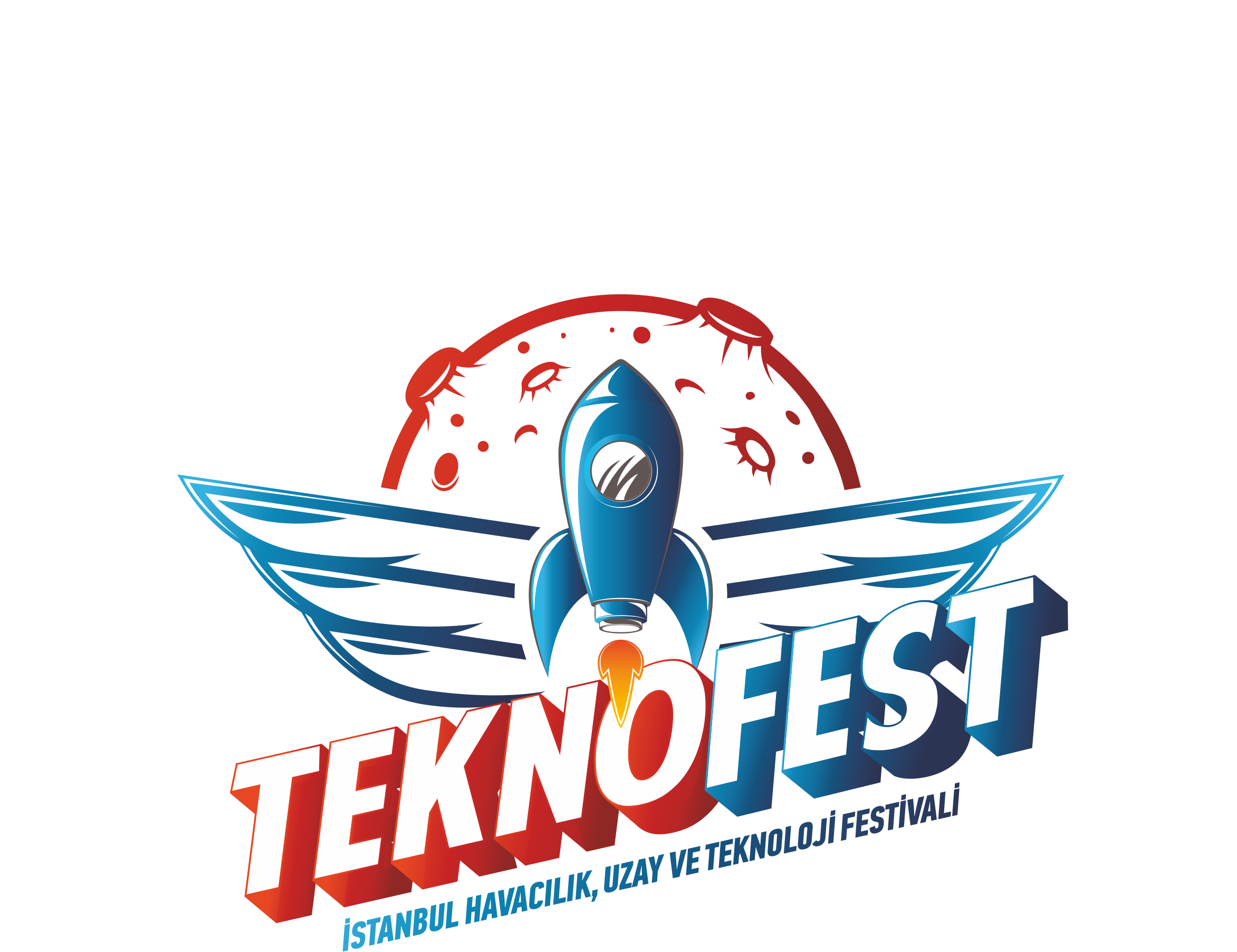Tübitak 1001 Project named “Identification of Polysomnographic Characteristics Affecting CPAP Level in Turkish OSAS Patients and Estimation of Optimal CPAP Level by Artificial Intelligence”, which is carried out by Konya Technical University Faculty of Engineering and Natural Sciences Computer Engineering Department faculty member Prof. Dr. Gülay Tezel, will make it much easier to diagnose the disease known as 'Sleep Apnea.'
Providing information about the project, which will reduce the hospital stay with rapid diagnosis during the treatment of the patient, thus allowing to treat more patients, Prof. Dr. Gulay Tezel said, “The syndrome, known as the Sleep Apnea-Hypopnea Syndrome, is defined as a syndrome that is associated with recurrent upper airway narrowing and obstruction during sleep and often with a decrease in oxygen saturation. The most common and known type of this syndrome is Obstructive Sleep Apnea Syndrome (OSAS). The repeated cessation of breathing in OSAS, which lasts at least 10 seconds and is referred to as apneic attacks (apnea and hypopnea), disrupts sleep continuity, prevents the person from sleeping deeply and restfully, and causes excessive daytime sleepiness, which can lead to a variety of negative consequences such as concentration problems and depression."
Stating that the main purpose of the project is to enable the estimation of the optimum pressure value in Continuous Positive Airway Pressure (CPAP) therapy, which is accepted as the standard treatment method for OSAS disease, with high accuracy. Dr. Tezel said, “The classical optimum pressure determination method is based on the principle of gradual pressure increase by the sleep technician in order to find the optimum pressure, called manual titration, performed in the sleep laboratories of hospitals. The pressure increase process continues until respiratory problems (apnea, hypopnea, etc.) are eliminated in all sleep stages and in all sleeping positions. The importance of this procedure in the diagnosis of the disease is undisputed, but it is also expensive, time-consuming and requires expertise. For this procedure, each patient spends 2 nights in the laboratory, one night for diagnosis and one night for CPAP estimation. The manual titration procedure also requires a dedicated team and intensive labor. Since the number of laboratories that can adequately study sleep disorders in the world and in our country is very limited, physicians are selective in determining the people to be recruited in laboratories. Due to these disadvantages of manual titration, this project presents an alternative approach to speed up and simplify CPAP therapy used in the treatment of OSAS.”
Tezel said, “The optimum pressure level obtained can be determined as the initial pressure value of the titration, so that the required optimum CPAP levels will be reached in a shorter time, so that the success rate of manual titration in the laboratory can be improved and direct treatment can be started in one night. In this way, the problem of inadequacy of laboratories will be reduced. In cases where manual titration is not possible in the sleep laboratory (for example, inactivity, safety, and critical illness), it will be possible to directly initiate the treatment of the person by using the estimated pressure level instead of manual titration.” Tezel added that after the successful completion of the ongoing project, the diagnosis and treatment process in clinics and sleep laboratories with intensive patient potential will decrease, in other words, it will contribute to the hospital, patients and health personnel in terms of cost, time and manpower.
Among the partners of the ongoing project are Konya Technical University Electrical and Electronics Engineering Department Lecturer Prof. Dr. Seral Özşen, Necmettin Erbakan University, Meram School of Medicine, Department of Thoracic Diseases Assist. Dr Hülya Vatansev and Sleep Specialist Serkan Küçüktürk working in the Sleep Laboratory of Meram Medical Faculty.
.jpeg)



